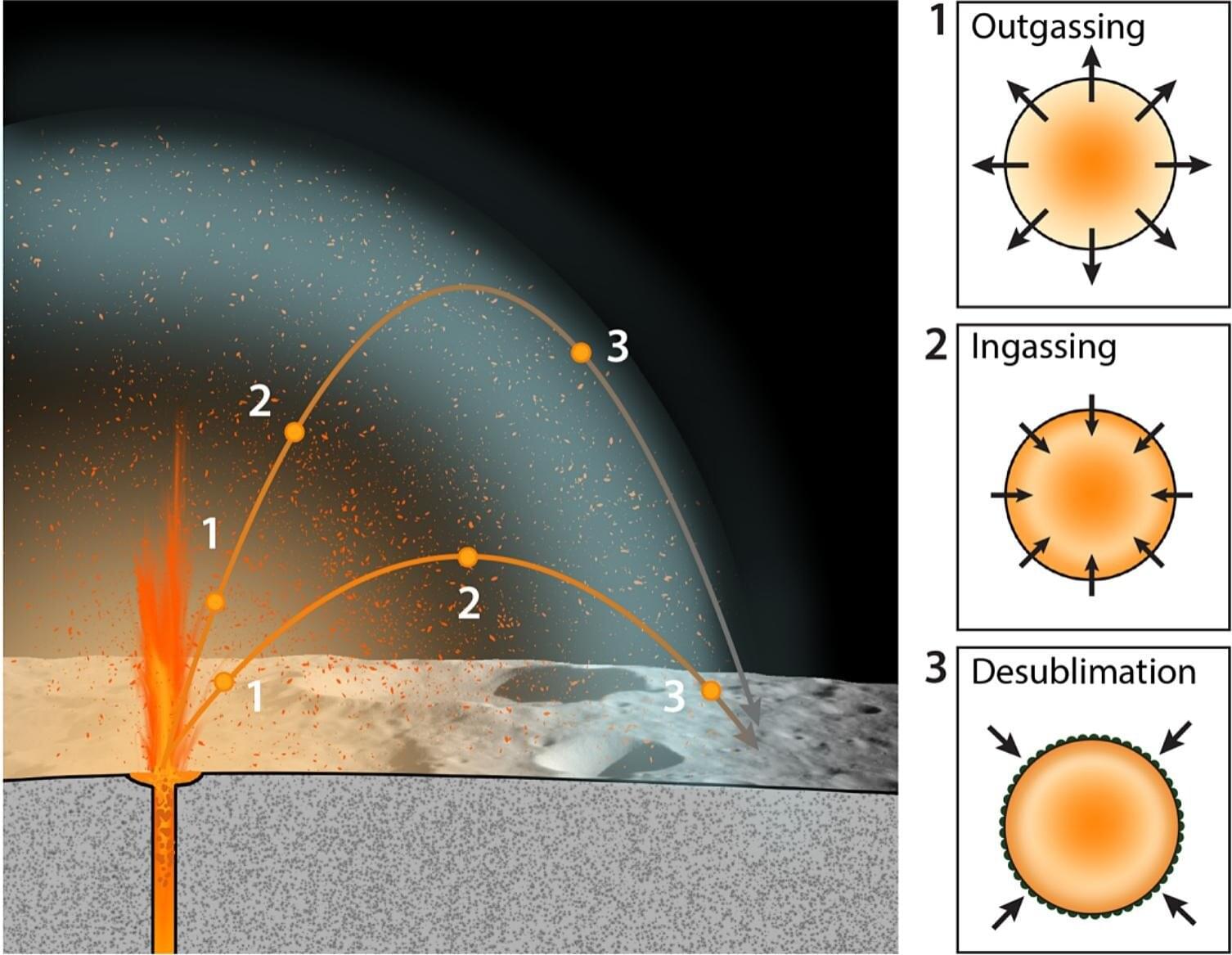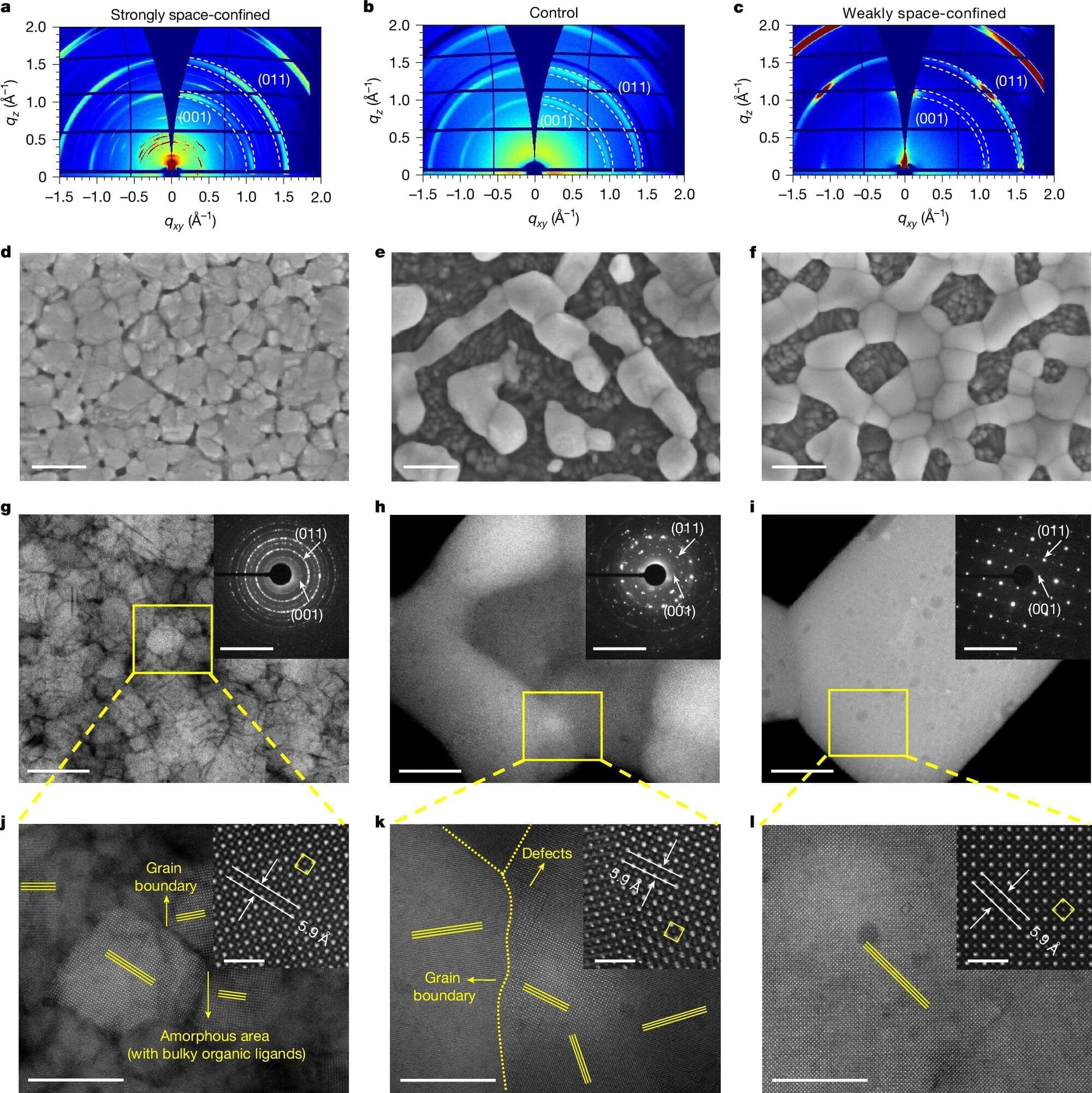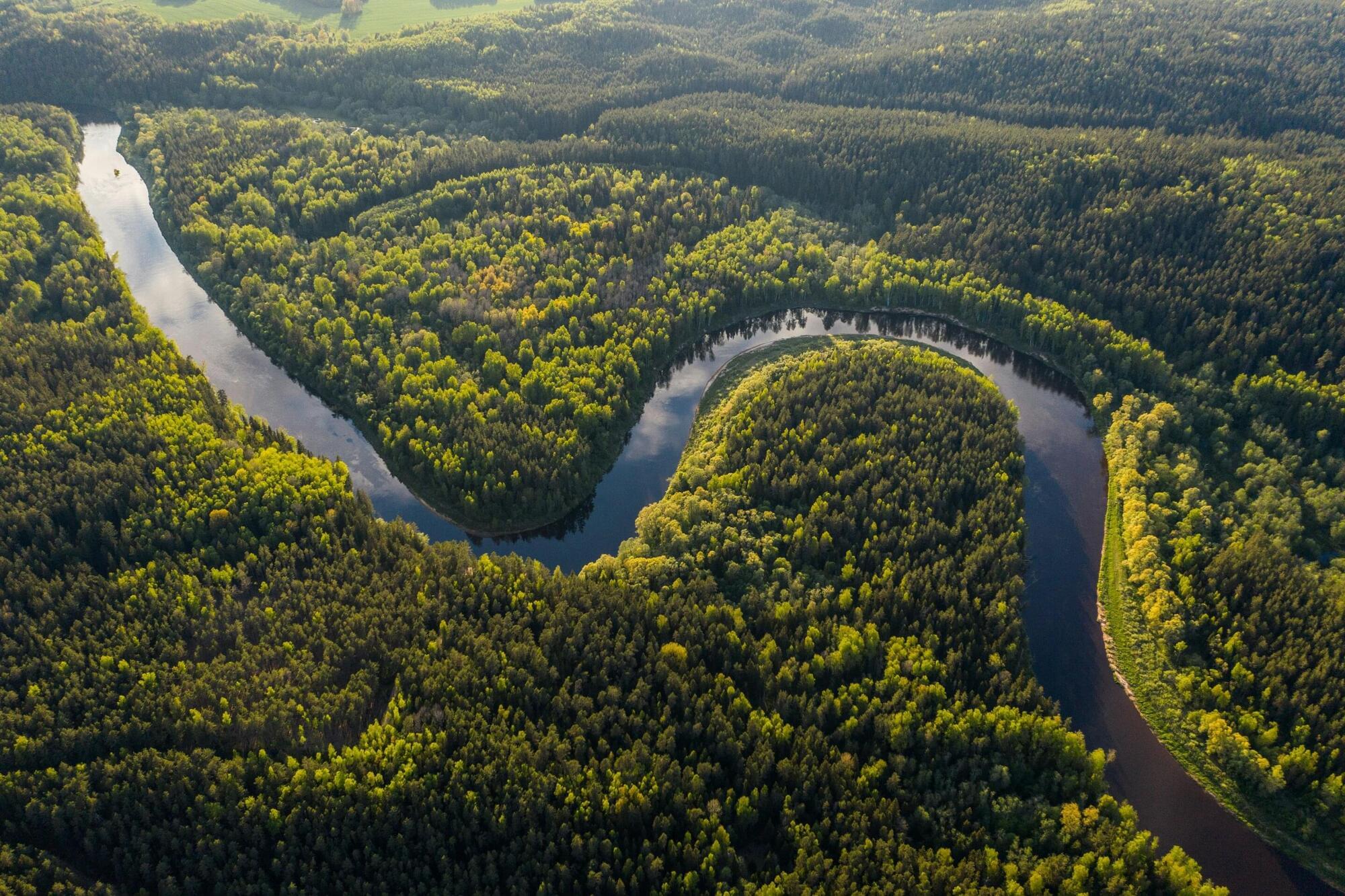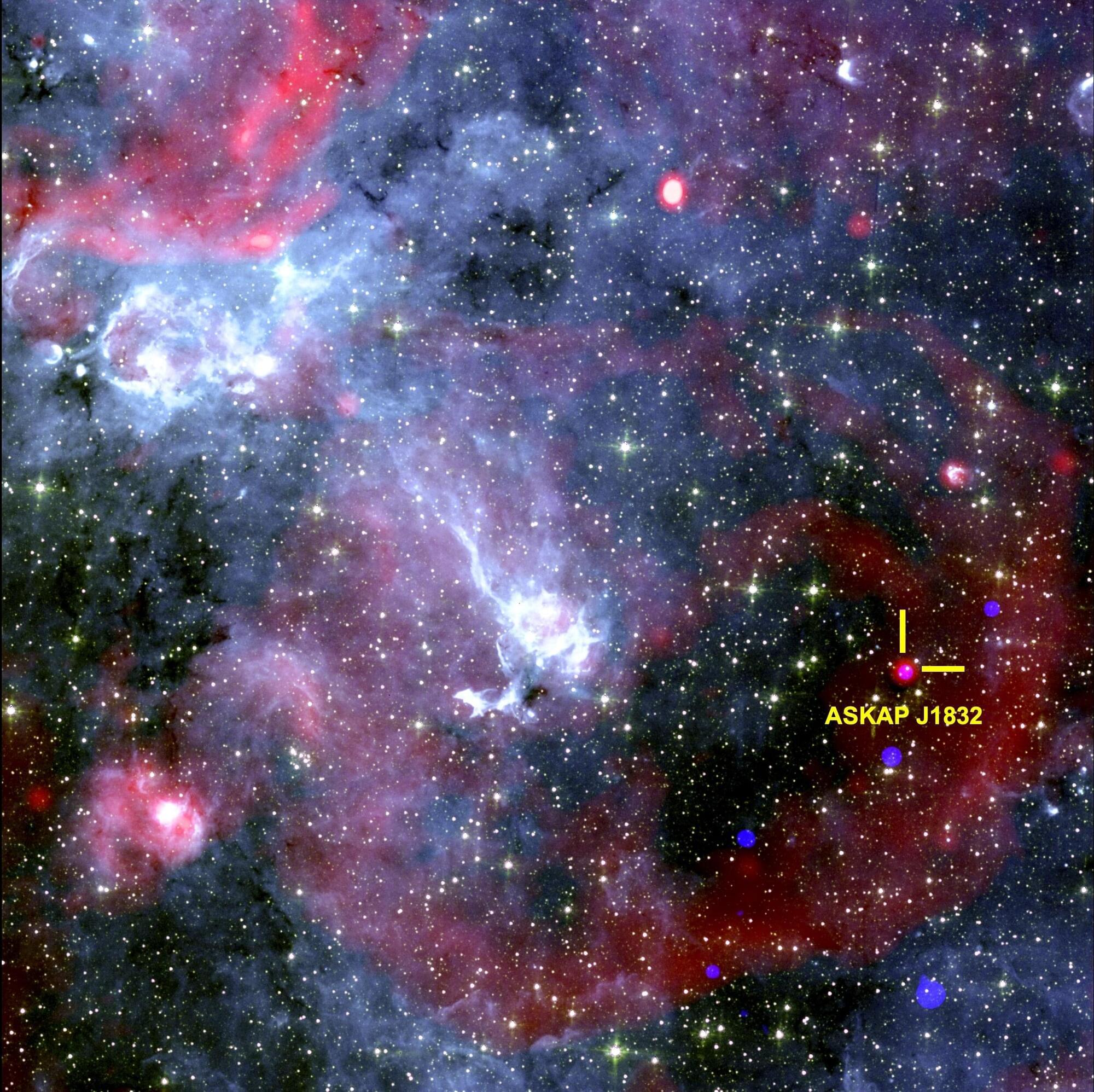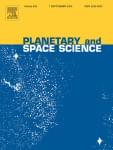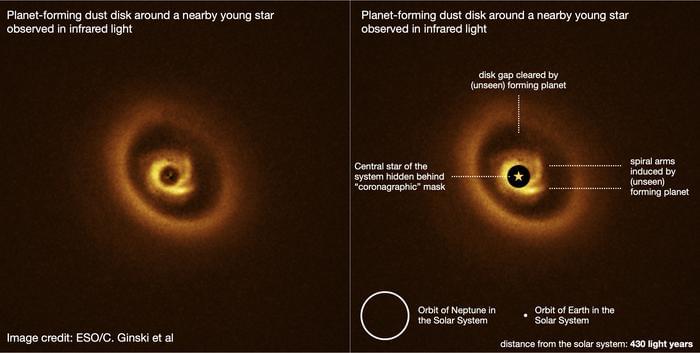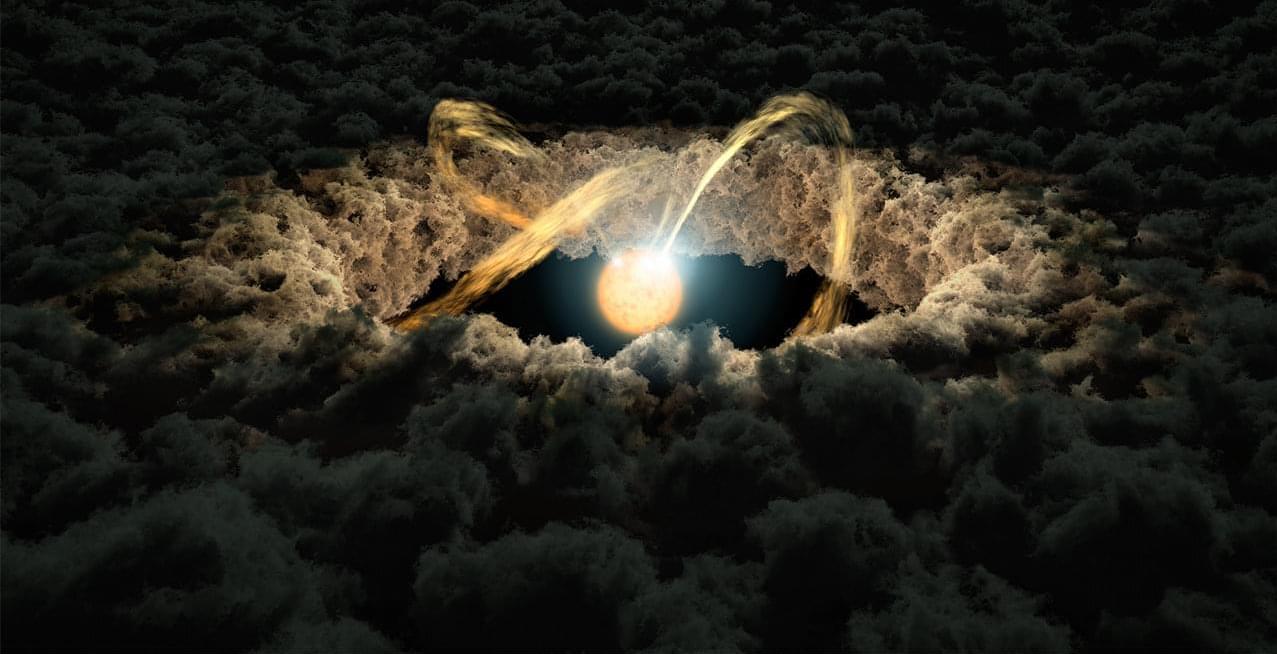The Apollo astronauts didn’t know what they’d find when they explored the surface of the moon, but they certainly didn’t expect to see drifts of tiny, bright orange glass beads glistening among the otherwise monochrome piles of rocks and dust.
The beads, each less than 1 mm across, formed some 3.3 to 3.6 billion years ago during volcanic eruptions on the surface of the then-young satellite. “They’re some of the most amazing extraterrestrial samples we have,” said Ryan Ogliore, an associate professor of physics in Arts & Sciences at Washington University in St. Louis, home to a large repository of lunar samples that were returned to Earth. “The beads are tiny, pristine capsules of the lunar interior.”
Using a variety of microscopic analysis techniques not available when the Apollo astronauts first returned samples from the moon, Ogliore and a team of researchers have been able to take a close look at the microscopic mineral deposits on the outside of lunar beads. The unprecedented view of the ancient lunar artifacts was published in Icarus. The investigation was led by Thomas Williams, Stephen Parman and Alberto Saal from Brown University.
